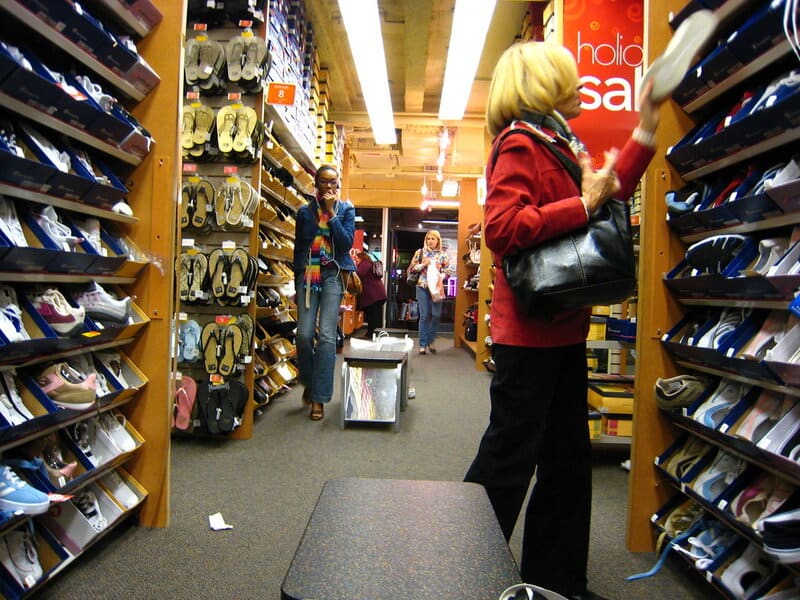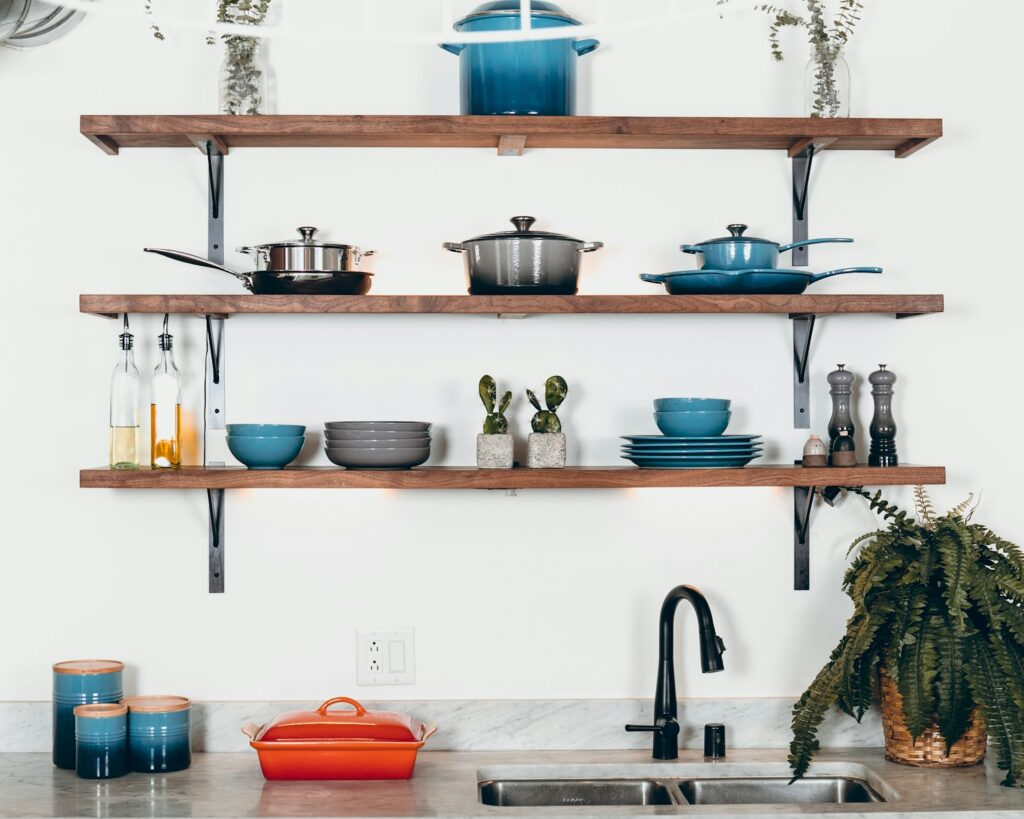The latest wave of tariffs from President Trump has started affecting prices across the board. Since February 2025, these tariffs have been rolling out in phases: 25% on Canadian and Mexican goods, an additional 10-20% on Chinese imports, a universal 10% on all imports, and reciprocal tariffs up to 49% on over 60 countries. These import taxes, which U.S. companies often pass to shoppers, are already making a dent in household budgets. Let’s look at what’s getting more expensive.


























